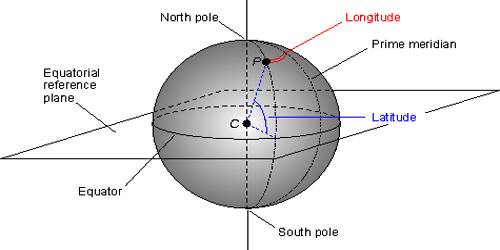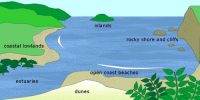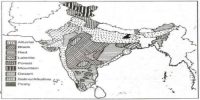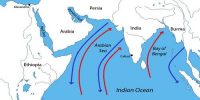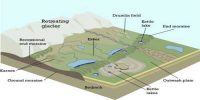Geographical meridian: The imaginary vertical plane passing through the geographical axis is called geographical meridian. Longitudes are geographical positioning markers that run from the geographical North Pole to the geographical South Pole, intersecting the Equator. They meet at each Pole and indicate the east-west point of a location. Longitudes are consequently imaginary circles that traverse the North and South Poles, and the Equator. Half of a longitudinal circle is referred to as a Meridian. Meridians are perpendicular to every range.
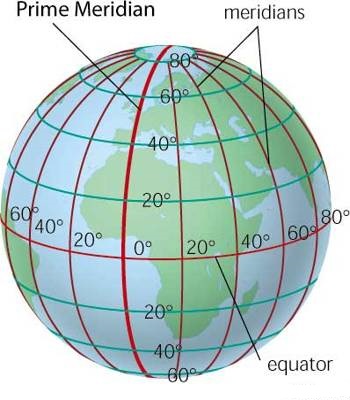
A meridian is the part of an imaginary enormous circle on earth’s surface, terminated through the North Pole and the South Pole, linking points of the same longitude. The placement of an aspect alongside the meridian is given by way of its range demonstrating how many ranges north or south of the Equator the point is. Each meridian is vertical to all circles of latitude. Each is likewise the similar period, being half of a huge circle on this planet’s ground and therefore measuring 20,003.93 km (12,429.9 miles).
